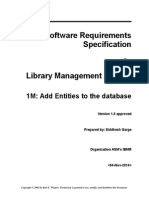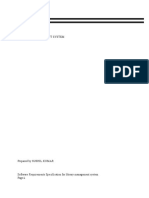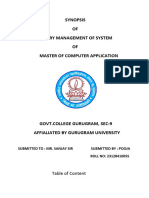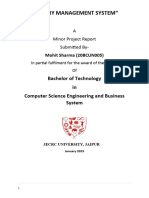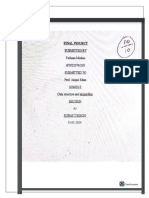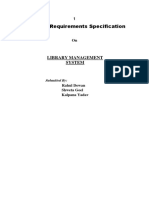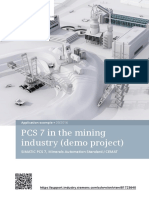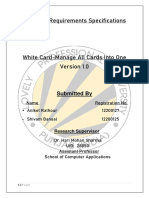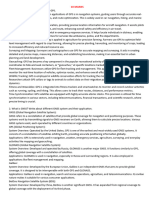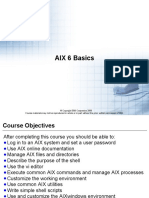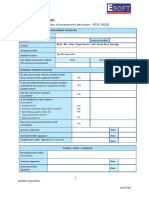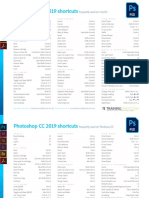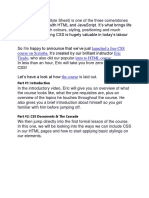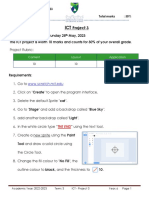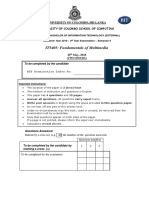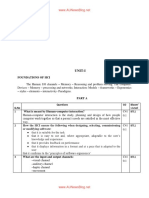0% found this document useful (0 votes)
17 views28 pagesSoftware Requirements Specification
The document is a Software Requirements Specification (SRS) for a Library Management System (LMS), detailing its purpose, functionalities, and requirements for effective library operations. It outlines user roles, system constraints, and integration needs, aiming to facilitate communication among stakeholders and guide the development process. The SRS serves as a comprehensive foundation for the design and implementation of the LMS, ensuring it meets the needs of librarians and patrons alike.
Uploaded by
rajsinghbhati2006Copyright
© © All Rights Reserved
We take content rights seriously. If you suspect this is your content, claim it here.
Available Formats
Download as DOCX, PDF, TXT or read online on Scribd
0% found this document useful (0 votes)
17 views28 pagesSoftware Requirements Specification
The document is a Software Requirements Specification (SRS) for a Library Management System (LMS), detailing its purpose, functionalities, and requirements for effective library operations. It outlines user roles, system constraints, and integration needs, aiming to facilitate communication among stakeholders and guide the development process. The SRS serves as a comprehensive foundation for the design and implementation of the LMS, ensuring it meets the needs of librarians and patrons alike.
Uploaded by
rajsinghbhati2006Copyright
© © All Rights Reserved
We take content rights seriously. If you suspect this is your content, claim it here.
Available Formats
Download as DOCX, PDF, TXT or read online on Scribd
/ 28






